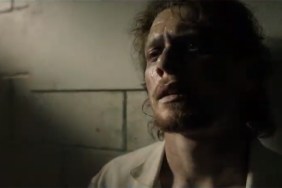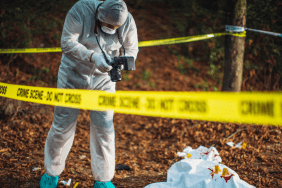Curious about the real-life case behind Trial by Fire? The 2018 film tells the tragic story of Cameron Todd Willingham, a Texas man convicted of arson and executed for allegedly setting the fire that killed his three children. His case sparked a nationwide debate over flawed forensic science and wrongful convictions.
Here’s a full breakdown of the true story, including the trial, the evidence, and the controversies that continue to raise questions about his guilt.
Is Trial by Fire based on the true story of Cameron Todd Willingham?
Yes, Trial by Fire (2018) is based on the true story of Cameron Todd Willingham, a man convicted of arson in 1992 and executed in Texas in 2004. The film is adapted from David Grann’s 2009 New Yorker article, “Trial by Fire,” which investigated the flaws in Willingham’s trial and the questionable forensic evidence used against him.
The movie portrays key aspects of Willingham’s life, including his arrest, conviction, and relationship with playwright Elizabeth Gilbert, who advocated for his innocence. It highlights the use of outdated fire investigation techniques and a recanted jailhouse informant testimony, both of which influenced his conviction.
The film fictionalizes some aspects of the story. Chris Coy’s character, prison guard Daniels, does not exist but represents shifting views on Willingham’s guilt. The film also invents David Horton as Willingham’s lawyer, while in reality, attorneys David Martin and Robert Dunn defended him.
Experts later challenged the forensic evidence that convicted Willingham. Fire scientist Craig Beyler concluded that investigators lacked a scientific basis for their arson determination. Additionally, jailhouse informant Johnny Webb recanted his testimony, admitting he had falsely claimed Willingham confessed to starting the fire.
Elizabeth Gilbert, played by Laura Dern, was instrumental in bringing attention to Willingham’s case. The film dramatizes aspects of her life, including her car accident, which in reality occurred years before Willingham’s execution, not just before his death, as shown in the film.
Despite the controversy surrounding the case, Texas executed Willingham in 2004. His conviction continues to fuel debates about wrongful executions and flaws in forensic science.










